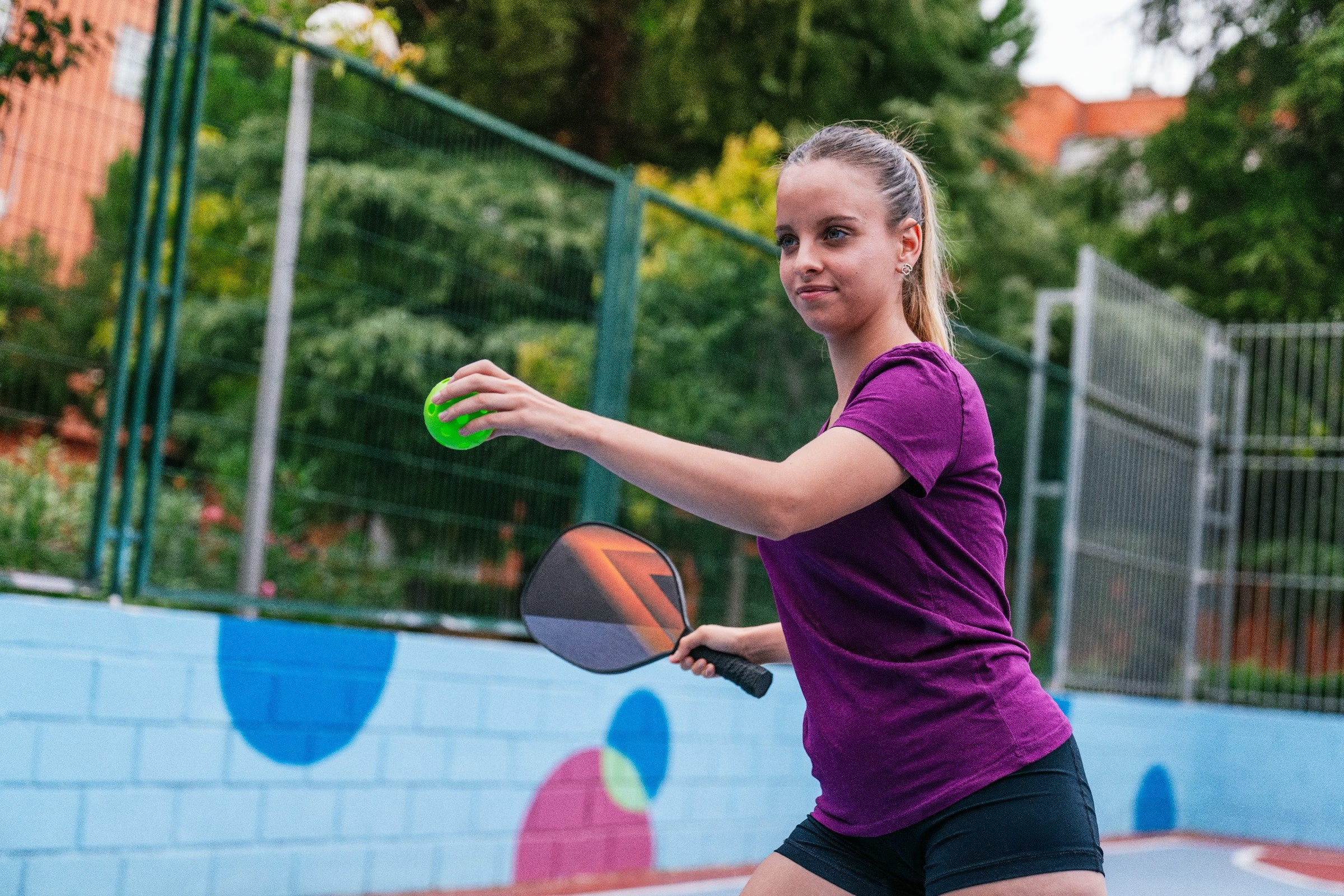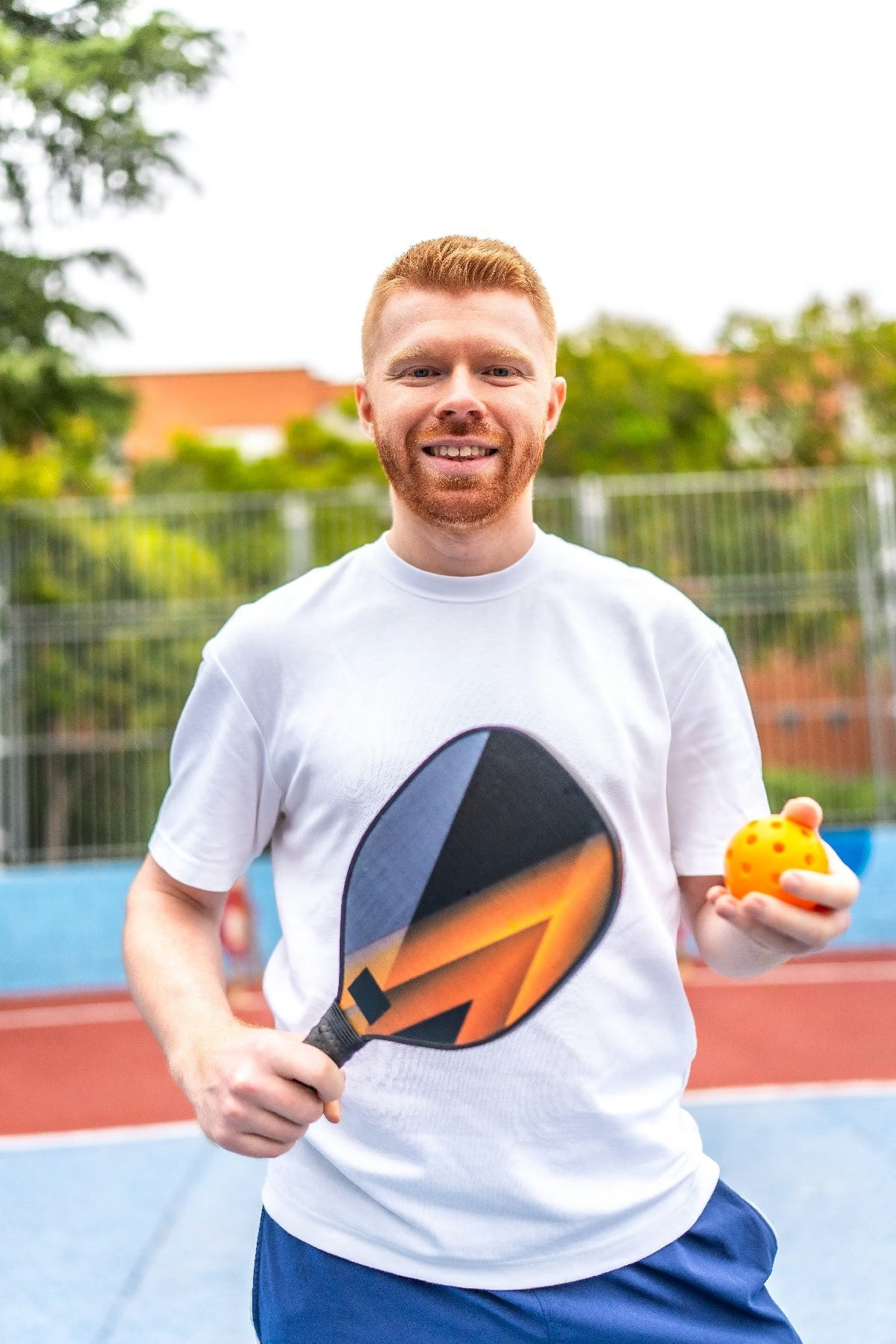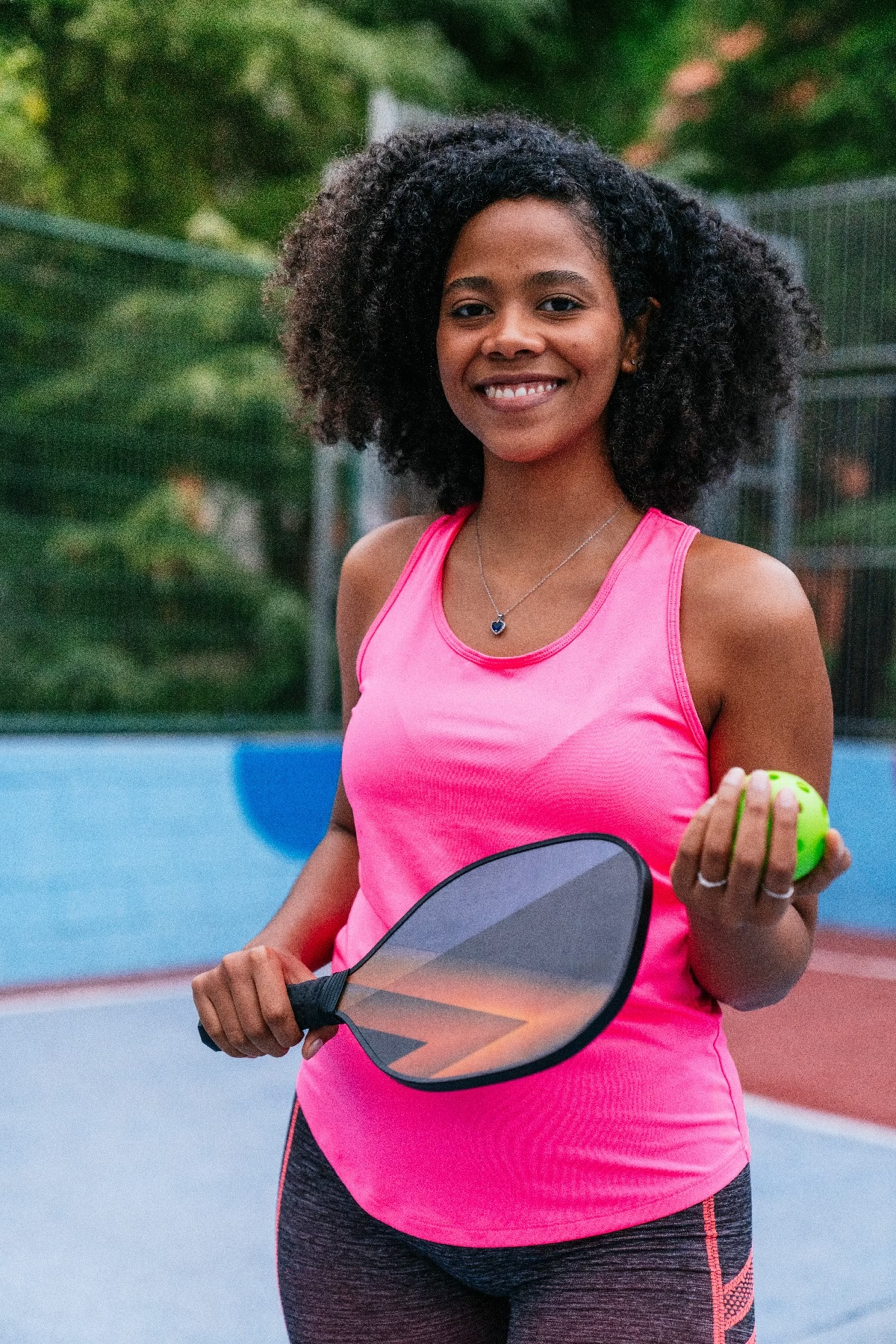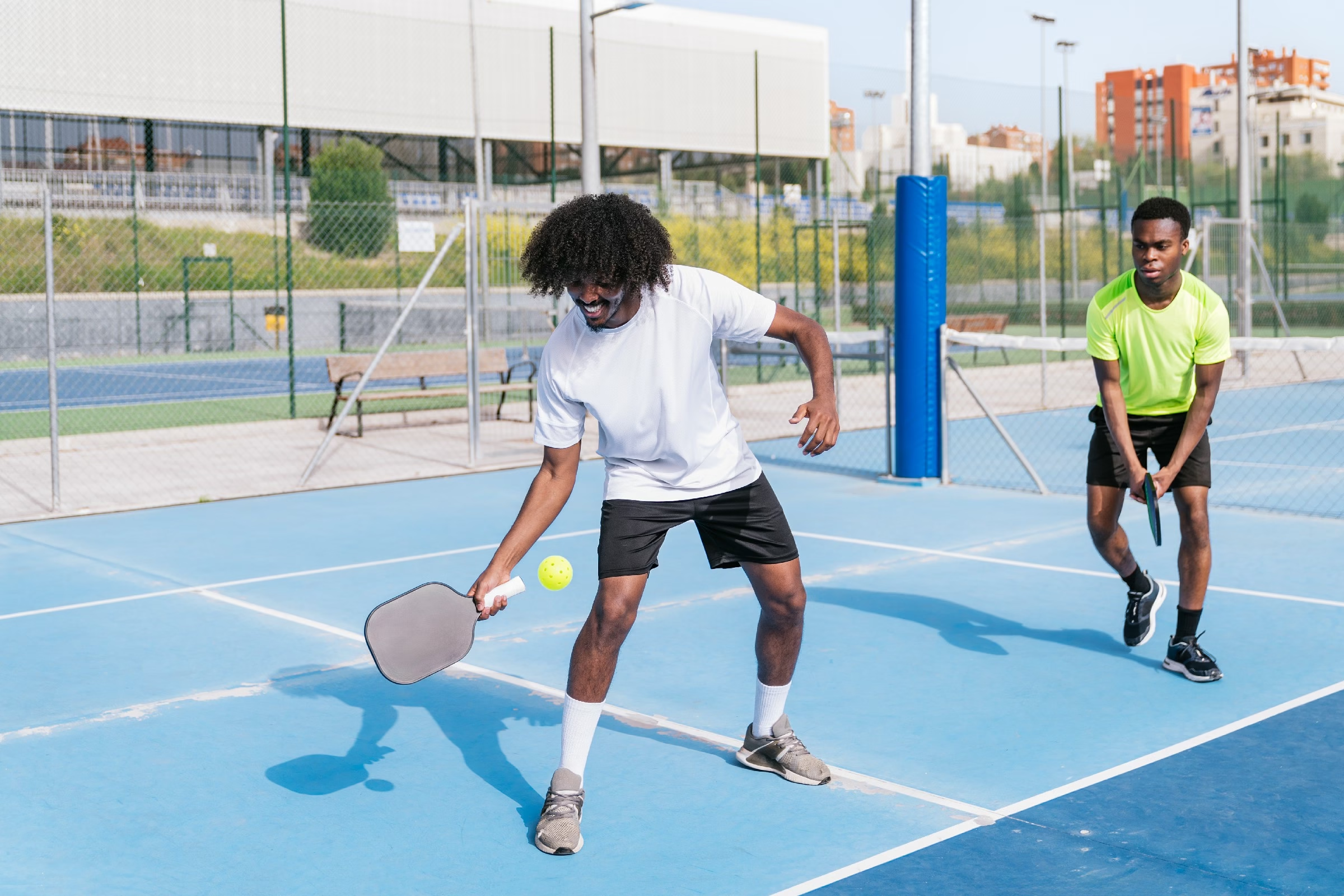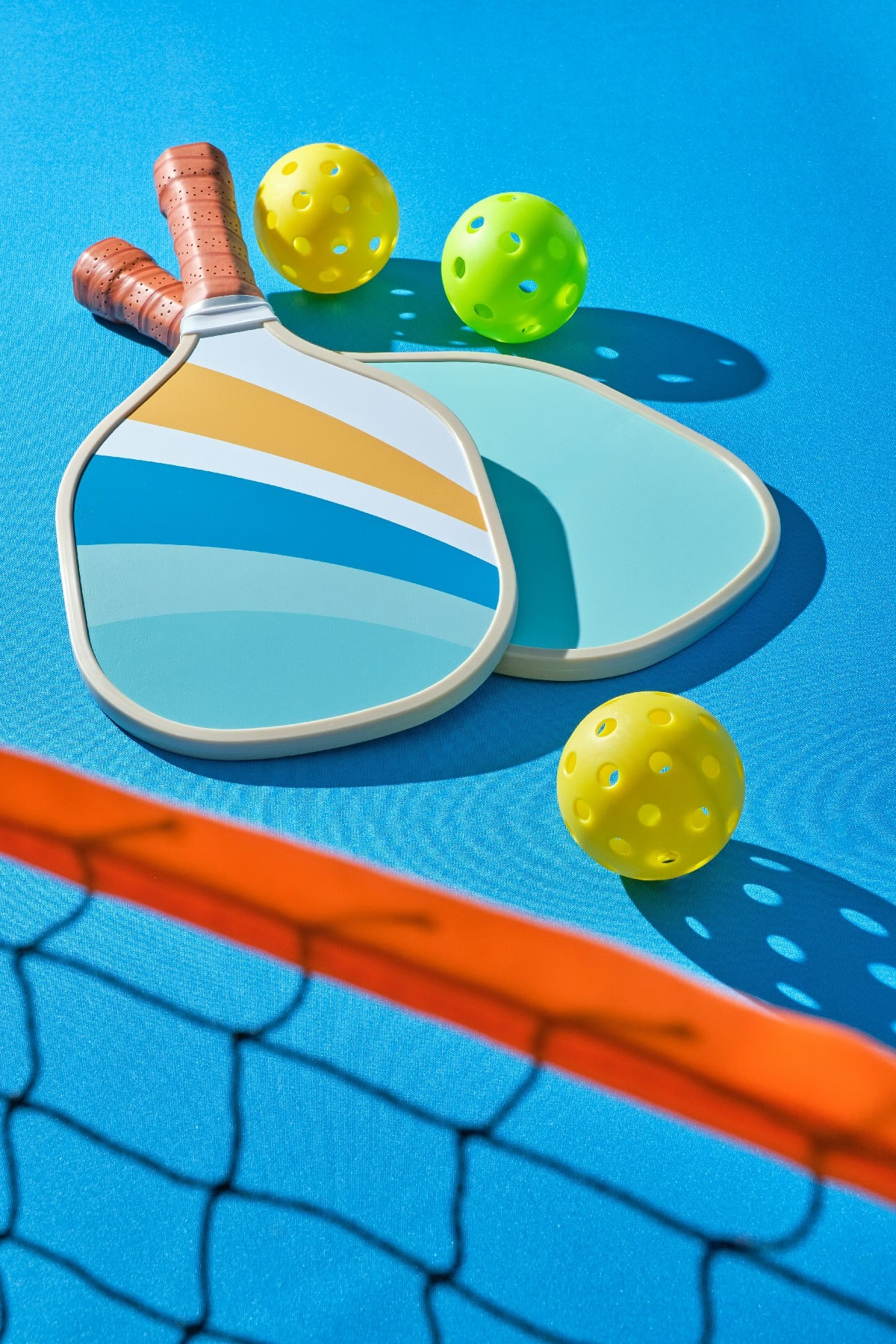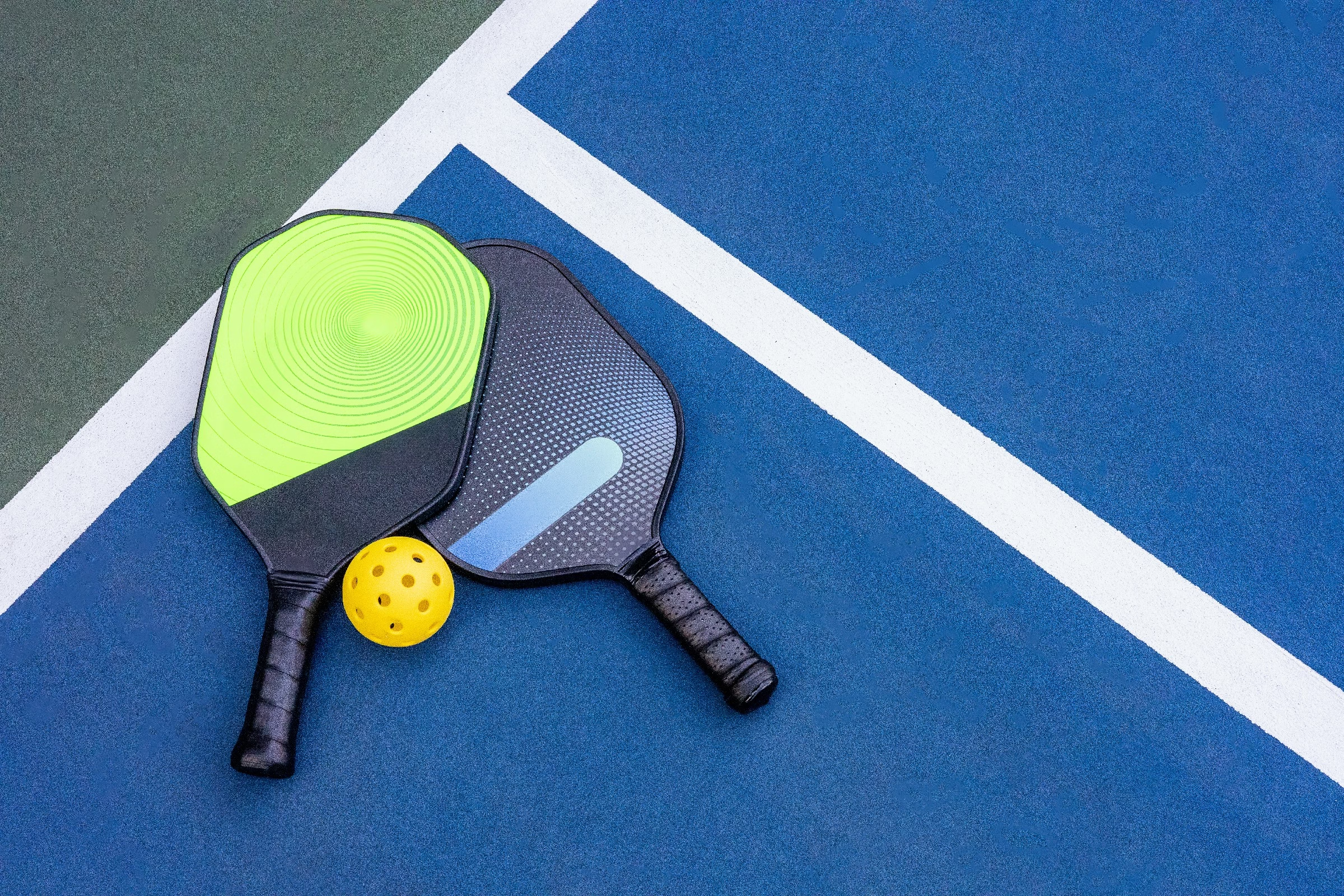Blog
how to clean pickleball paddle face
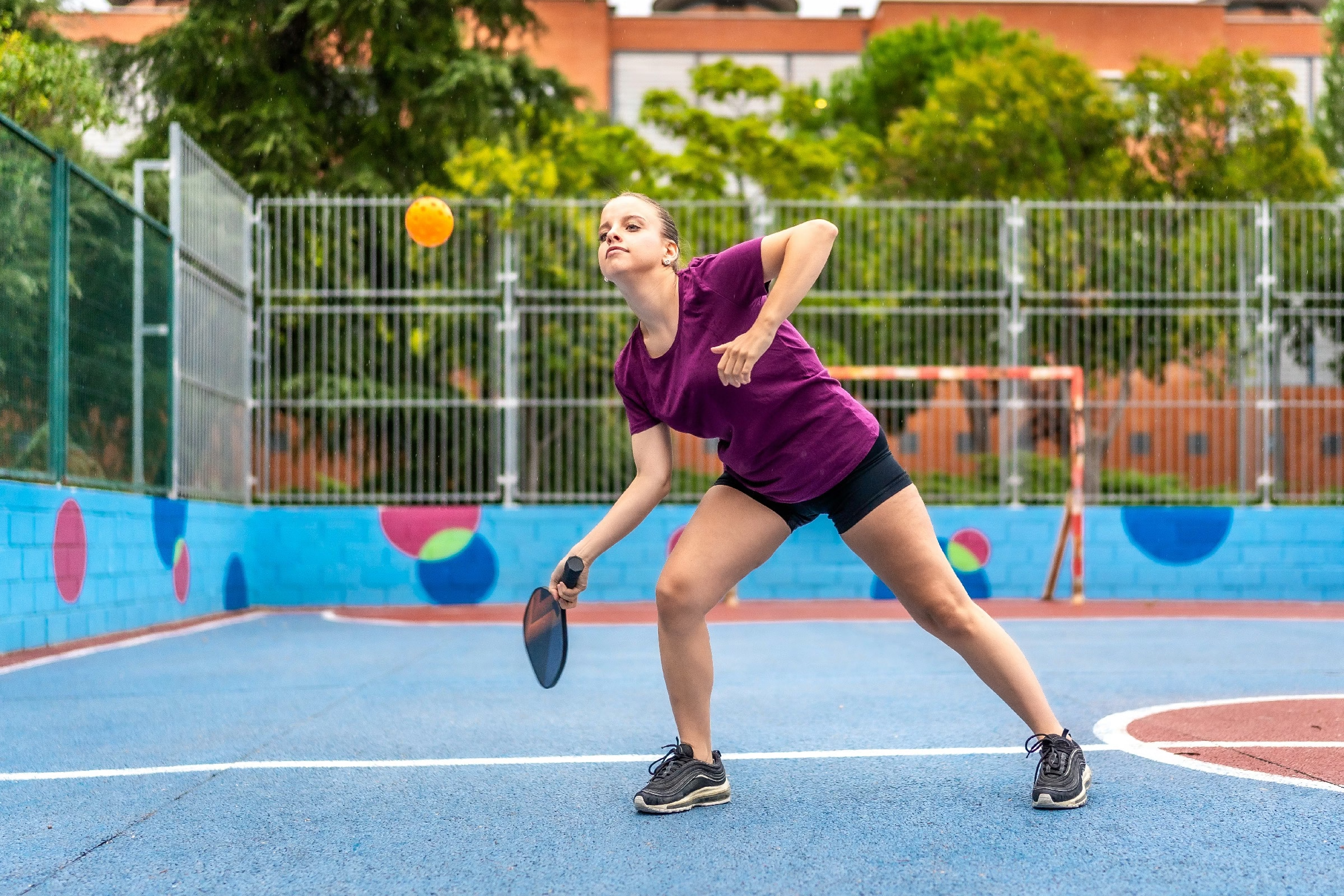
How to Clean Your Pickleball Paddle Face: Ensuring Peak Performance and Longevity
For many enthusiasts of the exhilarating sport of pickleball, the paddle is more than just a piece of equipment; it’s an extension of their playing style, a trusted companion on the court. However, wiht each powerful serve and strategic volley, the paddle face accumulates dirt, debris, and grime, which can diminish its performance.Whether you’re a casual player hitting the courts on weekends or a seasoned competitor aiming for your next tournament win, maintaining your paddle is crucial for both hygiene and optimal play. In this article, we’ll explore effective techniques and best practices for cleaning your pickleball paddle face, ensuring it remains in top shape and ready to help you elevate your game. Let’s dive into the essential steps to keep your paddle pristine and performing at its best!
Table of Contents
- understanding the Importance of a clean Paddle Face
- Choosing the Right cleaning Materials for Your Paddle
- Step-by-Step Guide to Effectively Clean Your paddle Face
- Tips for Maintaining Your Paddle to Extend Its Lifespan
- Common Mistakes to Avoid when Cleaning Your Paddle
- When to Seek Professional Help for Paddle Maintenance
- Q&A
- To Wrap It Up
Understanding the Importance of a Clean Paddle Face
Maintaining a clean paddle face is essential for achieving optimal performance on the pickleball court. A clean surface improves ball control, grip, and spin, allowing players to execute accurate shots more effectively. When dirt, dust, or grime accumulate on the paddle, it can hinder your ability to strike the ball cleanly, resulting in subpar gameplay and frustration. Therefore, regular cleaning not only enhances your game but also extends the lifespan of the paddle.
To understand why cleanliness matters, consider the following points:
- Enhanced Ball grip: A dirty paddle face can reduce friction, making it harder to achieve that perfect spin on the ball.
- Improved Accuracy: A clean surface allows for better precision, as you’ll be striking the ball where intended without interference.
- Prolonged Paddle life: Regular maintenance prevents damage from accumulated substances, ensuring your paddle stays in top condition for longer.
When you take the time to clean your paddle,you’re investing in your performance and the enjoyment of the game. Hear’s a swift reference table for effective cleaning methods:
| Cleaning Method | Materials Needed | Frequency |
|---|---|---|
| Soft Cloth Wipe | Microfiber cloth | After each game |
| Soap and Water | Gentle soap, water | Once a week |
| Specialized Cleaner | Pickleball paddle cleaner | Monthly |
Choosing the Right Cleaning Materials for your Paddle
When it comes to maintaining the integrity and longevity of your paddle, choosing the right cleaning materials is essential. Not all cleaning agents are suitable for the specific surfaces of a pickleball paddle, which can vary from polymer to composite and beyond. To ensure the best care for your equipment, consider using the following items:
- Mild Soap: A gentle dish soap is often sufficient for everyday cleaning.
- Microfiber Cloth: This avoids scratches while effectively removing debris.
- Warm Water: Always use lukewarm water as extreme temperatures can warp materials.
Avoid harsh chemicals as they can degrade the paddle’s surface and affect its performance on the court. It’s also meaningful to steer clear of abrasive pads and scrub sponges, which can cause unwanted scratches. To illustrate the impact of using appropriate versus inappropriate cleaning products, consider the following table:
| Cleaning Material | Effect on Paddle |
|---|---|
| Mild soap | Safe and effective for regular use |
| Abrasive Cleaners | Can scratch and damage the surface |
| Vinegar | Can dull the paddle finish over time |
| Alcohol-Based Cleaners | May dry out and weaken materials |
Once you have your materials gathered, a simple cleaning routine can go a long way in maintaining your paddle’s performance. Use the microfiber cloth dampened with mild soapy water, gently wiping the face of your paddle in a circular motion. Rinse thoroughly in clean water, and dry with a separate, soft cloth to ensure no water lingers. Following these steps will help keep your paddle looking new and performing at its best for every game.
Step-by-Step Guide to Effectively Clean Your Paddle Face
To keep your pickleball paddle in top shape, it’s essential to regularly clean the paddle face. start by gathering your cleaning supplies,which will include:
- Soft microfiber cloth: This will prevent scratches while cleaning.
- Warm water: Use it as the primary cleaning agent.
- Gentle dish soap: A mild soap can help lift dirt without damaging the paddle surface.
- Optional: Isopropyl alcohol: For tougher stains or residues.
Begin by dampening the microfiber cloth with warm water mixed with a few drops of dish soap. Gently wipe the paddle face in a circular motion to lift off any dirt, grime, or residual debris. If you notice any stubborn spots, you can apply a small amount of isopropyl alcohol to the cloth and target those specific areas. Always be cautious not to soak the paddle, as excess moisture can damage its materials.
Once the paddle is clean, use another dry microfiber cloth to remove any remaining moisture and ensure the surface is dry. For optimal care, store your paddle in a protective case to keep it safe from scratches and dust when not in use.Regular maintenance helps extend the life of your equipment and can enhance your performance on the court.
Tips for Maintaining Your Paddle to Extend Its Lifespan
To ensure your pickleball paddle remains in top condition,it’s essential to adopt a cleaning regimen that focuses on both the face and the materials used in construction. After each game, take a moment to gently wipe down the paddle face with a soft, damp cloth. This simple step removes any dirt and debris that could cause wear over time. For a deeper clean, consider using a mixture of warm water and mild soap to eliminate stubborn markings or grime. Avoid using harsh chemicals or abrasive materials, as they can damage the protective finish of your paddle.
When storing your paddle, keep it in a protective cover or sleeve to shield it from dust and physical damage. It’s best to store the paddle in a cool, dry place away from direct sunlight, as exposure to extreme temperatures and UV rays can weaken the materials. In addition to this,stay mindful of how you handle your paddle during games.Always refrain from resting it on the ground or using it as a makeshift seat; these practices can warp the paddle or cause scratches to the face.
Lastly, regularly inspect your paddle for any signs of wear and tear. Look for lifting edges, cracks, or discoloration on the paddle face that might affect performance. Paying attention to these details can definitely help you identify issues early, allowing for timely repairs or replacements. Establishing a routine that includes cleaning, careful storage, and regular inspections will substantially extend the lifespan of your paddle, helping you enjoy many competitive games ahead.
Common Mistakes to Avoid When Cleaning Your Paddle
When cleaning your pickleball paddle, one of the most common mistakes players make is using harsh chemicals. products containing bleach or ammonia can damage the paddle’s surface, stripping away its finish and affecting its performance. Rather,stick to gentle soap or specialized paddle cleaners that are formulated to be safe for use on composite materials. Always read the labels and choose products that specifically warn against damaging surfaces.
Another critical error is neglecting to dry the paddle thoroughly after cleaning. Leaving moisture on the paddle face can led to mold, mildew, or even the degradation of the adhesive used in the paddle’s core. After rinsing your paddle, ensure you wipe it down completely with a soft, absorbent cloth. Pay extra attention to the edges and any crevices where water may accumulate.
lastly, it’s essential to avoid abrasive materials when cleaning your paddle. Scrubbing pads, steel wool, or even rough towels can scratch and damage the paddle’s surface. Use a soft cloth or sponge rather. For heavier grime, consider a toothbrush or a dedicated paddle cleaning brush with soft bristles. This ensures a thorough clean without risking the integrity of your equipment.
When to Seek Professional Help for Paddle Maintenance
Maintaining the integrity of your pickleball paddle is crucial for optimal performance on the court. While routine cleaning can often be handled at home, there are specific situations that signal it’s time to consult a professional. If you notice any significant wear and tear on the paddle face,such as cracks or dents,it’s advisable to seek expert assistance.Professional assessment can provide insights into the seriousness of the damage and whether repairs are viable or if replacement is necessary.
Another indicator for professional help is persistent loss of grip despite your cleaning attempts. If the surface feels slippery and cleaning products are not restoring the feel, it might be time to turn to specialists. A professional can recommend suitable grips or even suggest custom modifications that elevate your play. This ensures that you’re not only cozy but also optimizing your control over the paddle during intense games.
| Signs It’s Time for Professional Help | Recommended Action |
|---|---|
| Visible Cracks or Dents | Consult a technician for assessment |
| Persistent Loss of Grip | Consider grip replacement or enhancements |
| Discoloration or Damage on Paddle Face | Seek professional cleaning or reconditioning services |
Q&A
Q: Why is it critically important to clean my pickleball paddle face?
A: Cleaning your pickleball paddle face is crucial for maintaining its performance and longevity. Dirt, sweat, and residue from pickleball balls can accumulate and impact your grip and control.A clean paddle face ensures optimal ball spin and surface interaction, ultimately enhancing your game.
Q: What materials do I need to clean my pickleball paddle face?
A: Keep it simple! You will need:
- A soft microfiber cloth
- Mild soap or paddle-specific cleaner (make sure it’s non-abrasive)
- Water
- A soft brush or toothbrush (optional, for stubborn grime)
Q: How do I begin the cleaning process?
A: Start by wetting the microfiber cloth with a mix of mild soap and water. It’s like preparing the stage for a performance—cleaning sets the tone for great gameplay! Avoid saturating the paddle, especially if it’s made from wood or composite materials.
Q: Are there any specific instructions for cleaning the paddle face?
A: Absolutely! Gently wipe the paddle face in a circular motion to lift off any dirt and residue.If you encounter tougher spots, a soft brush can be used delicately without scratching the surface. Remember, gentle movements are key—think of it as pampering your paddle!
Q: Can I submerge my paddle in water for cleaning?
A: Not recommended! Submerging the paddle can lead to moisture damage, especially for paddles made with wood or foam. Stick to dampening a cloth and giving it a gentle clean to respect the integrity of your equipment.
Q: How frequently enough should I clean my pickleball paddle face?
A: Ideally, you should give your paddle a quick clean after every play session to remove any surface gunk. A deeper clean can be done weekly or bi-weekly, depending on how frequently you play. Consistency keeps your gear in game-ready condition!
Q: What mistakes should I avoid while cleaning my paddle?
A: Watch out for these no-nos:
- using abrasive materials or harsh chemicals—this can scratch or degrade the paddle.
- Forgetting to clean the edges and grip! They need love too.
- Over-cleaning; a little dirt can be a reminder of epic rallies. Balance is key!
Q: How should I store my paddle after cleaning?
A: Once you’ve cleaned your paddle and it’s dried completely (air-dry, please!), store it in a soft case or padded bag. Keep it away from extremes of temperature and humidity, just like you would care for a cherished book or vintage wine—preserve its goodness!
By following these guidelines, your pickleball paddle face will stay clean, ensuring you serve, volley, and smash with precision. Happy playing!
to wrap It Up
maintaining the cleanliness of your pickleball paddle face not only enhances its performance but also extends its lifespan. By incorporating simple, regular cleaning habits into your routine, you can ensure that your paddle remains in top condition, ready to give you that competitive edge on the court. Whether you opt for a quick wipe-down after each game or a more thorough scrub occasionally, your attention to cleanliness will pay off in improved grip and control. remember,a clean paddle is not just an accessory; it’s an essential part of your game that deserves your care and respect. So, embrace these cleaning tips, and let your paddle shine, both in performance and appearance, as you conquer each match with confidence and skill!

